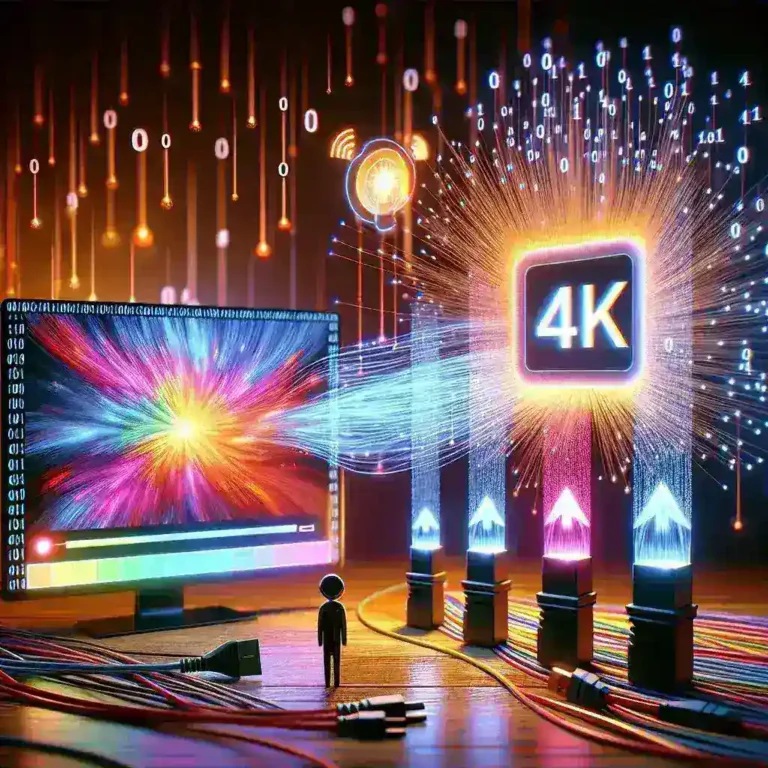L’Oréal’s Cell BioPrint: Revolutionizing Skincare Analysis with Advanced Technology
L’Oréal’s Cell BioPrint: A New Era in Skincare Personalization
The beauty industry is constantly evolving, driven by a growing demand for personalized solutions. L’Oréal, a global leader in cosmetics, has responded to this demand with Cell BioPrint, a cutting-edge technology that provides an in-depth analysis of skin’s cellular structure to deliver truly customized skincare recommendations. This article explores the science behind Cell BioPrint, its benefits and limitations, and its potential impact on the future of skincare.
Understanding the Science Behind Cell BioPrint
Cell BioPrint transcends traditional skincare analysis methods that focus on surface-level observations. Instead, it delves into the cellular level, providing a comprehensive understanding of your skin’s unique biological profile. The technology uses a non-invasive process to analyze skin cells, identifying key biomarkers associated with various skin conditions and aging processes. This advanced analysis allows for a precise assessment of skin’s health, revealing factors often missed by standard methods. Unlike simple questionnaires or visual inspections, Cell BioPrint offers a data-driven approach, leading to more accurate and effective skincare solutions.
The Process: From Sample to Personalized Plan
The Cell BioPrint process is remarkably straightforward. A small skin sample is collected, typically from the cheek. This sample is then analyzed using advanced imaging techniques and proprietary algorithms to identify key biomarkers. The results are then meticulously processed to create a detailed profile of the skin’s cellular activity. This profile goes beyond simply identifying skin type (oily, dry, combination); it identifies the underlying cellular mechanisms driving skin aging, sensitivity, and other concerns. This allows for a truly personalized skincare regimen tailored to individual needs.
Benefits of Cell BioPrint: Precision and Personalization
The benefits of Cell BioPrint are numerous and transformative for skincare. The most significant advantage is the level of personalization it provides. Instead of relying on generalized recommendations, skincare professionals can use Cell BioPrint data to create a plan that directly addresses the individual’s unique cellular needs. This precision approach increases the effectiveness of treatments and minimizes the risk of using inappropriate products. Other key benefits include:
- Early detection of potential skin issues: Cell BioPrint can identify underlying cellular changes indicative of future problems, allowing for proactive intervention.
- Objective assessment of skin health: The technology removes subjectivity from the assessment, providing a clear, data-driven representation of skin health.
- Improved efficacy of skincare treatments: By tailoring treatments to the individual’s specific cellular profile, efficacy is significantly improved.
- Reduced trial and error: The personalized approach minimizes the need for trial and error with different products, saving time and money.
Limitations and Considerations
While Cell BioPrint offers significant advantages, it’s crucial to acknowledge its limitations. The technology is relatively new, and further research is needed to fully understand its long-term implications. Accessibility and cost are also factors to consider. The procedure may not be readily available everywhere, and the cost might be prohibitive for some consumers. Furthermore, the technology’s reliance on advanced algorithms and image analysis means the results are dependent on the accuracy of the data processing and interpretation.
The Future of Skincare: Cell BioPrint and Beyond
L’Oréal’s Cell BioPrint represents a significant advancement in skincare technology, paving the way for a more personalized and data-driven approach. The future of skincare likely involves more sophisticated cellular analysis, integrating various biomarkers and incorporating artificial intelligence for even greater precision. We can anticipate more advanced diagnostic tools and personalized product formulations based on individual cellular profiles. This development moves skincare beyond a superficial approach to a deeply scientific and individualized practice.
Conclusion: Embracing the Cellular Revolution
L’Oréal’s Cell BioPrint is a remarkable leap forward in skincare technology. By providing a detailed analysis of skin cells, it enables truly personalized approaches to skincare, leading to improved efficacy and reduced trial and error. While limitations exist, the potential of Cell BioPrint and similar technologies to revolutionize skincare is undeniable. As the technology matures and becomes more accessible, it promises to transform the way we understand and care for our skin, ushering in a new era of personalized beauty.
Disclaimer: This article provides general information about L’Oréal’s Cell BioPrint. Consult with a qualified skincare professional for personalized advice and treatment.







